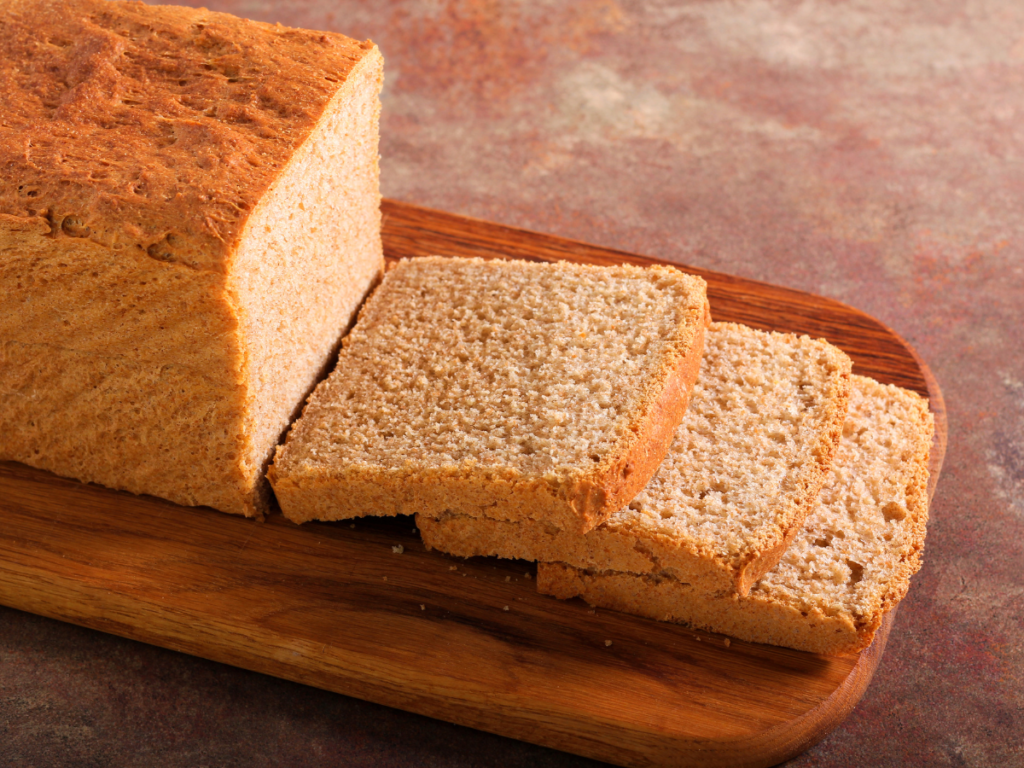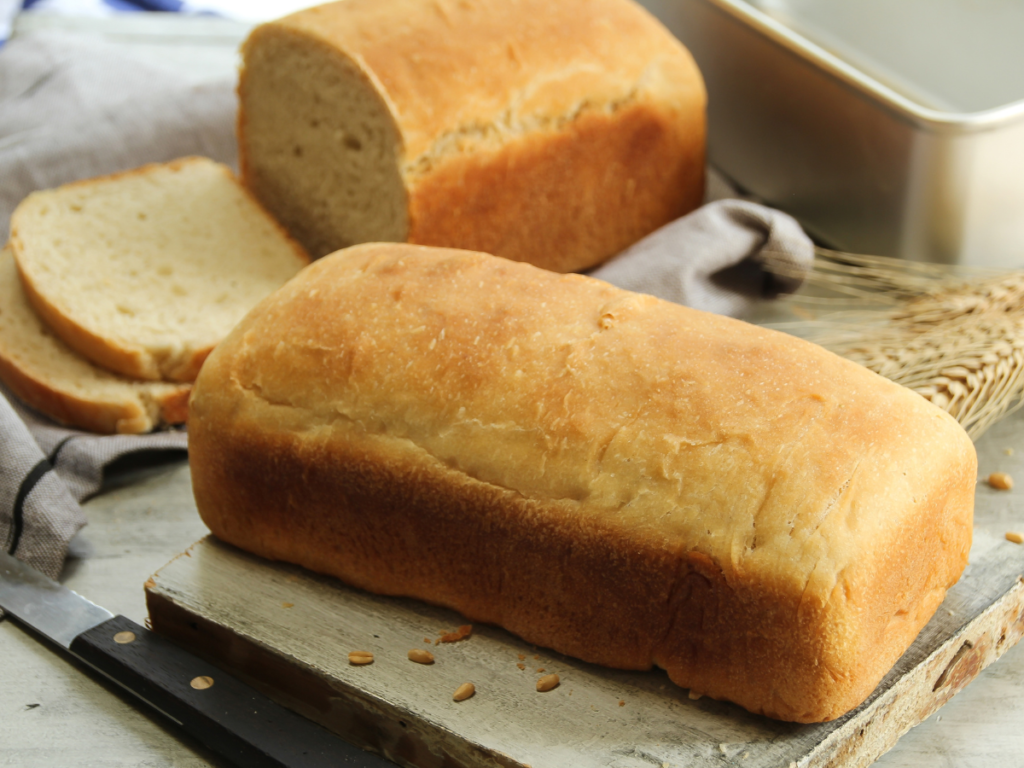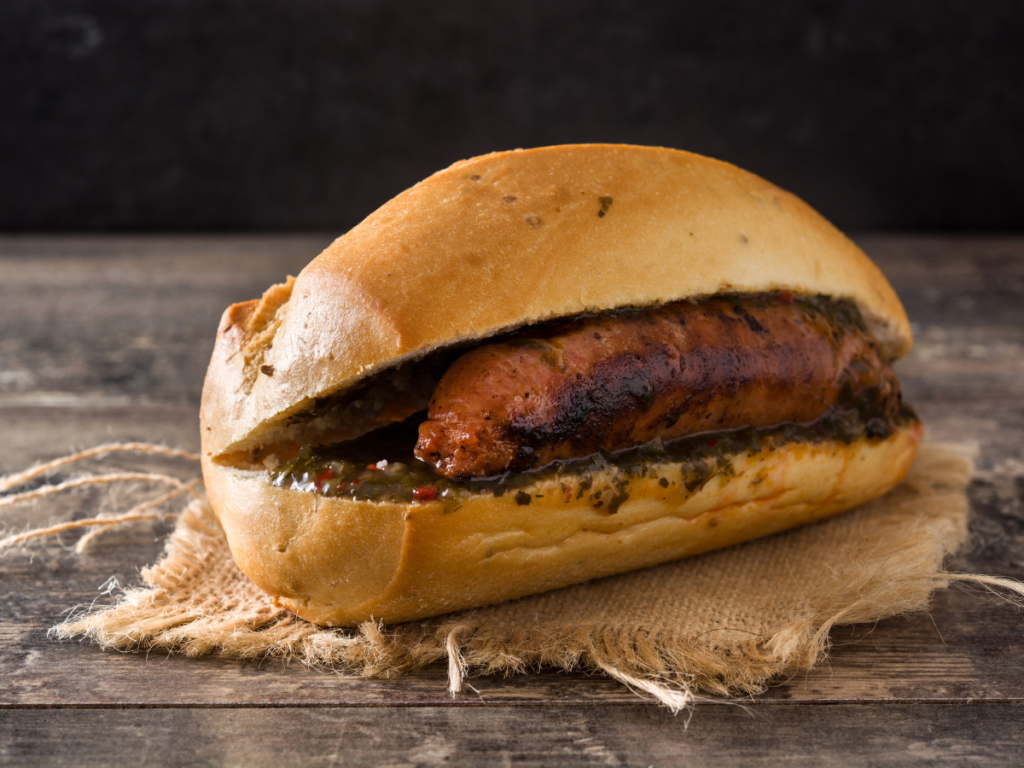
Introduction
When it comes to sourdough bread, many people picture a rustic, crusty loaf with a tangy flavor. However, there’s a softer, more versatile variant known as sourdough sandwich bread. Understanding the differences between these two types of bread can help you choose the right one for your culinary needs.
Understanding Sourdough Bread

History and Origin
Sourdough bread boasts an ancient heritage, with origins tracing back thousands of years. It is made using a sourdough starter, a mixture of flour and water that captures wild yeast and bacteria from the environment. This natural fermentation process gives sourdough its distinctive taste and texture.
The history of sourdough bread is as rich as its flavor. Originating from ancient civilizations, sourdough was a staple long before commercial yeast was available. It is believed that the Egyptians were among the first to discover the fermentation process over 4,000 years ago. This ancient method of bread making has been passed down through generations, evolving yet retaining its traditional roots.
Basic Ingredients
At its core, traditional sourdough bread consists of just a few ingredients:
- Flour
- Water
- Salt
- Sourdough starter
The simplicity of these ingredients belies the complexity of the bread’s flavor and texture. The sourdough starter is the heart of this bread, acting as a natural leavening agent. It’s a living culture of flour and water inhabited by wild yeast and beneficial bacteria. This combination is what sets sourdough apart from other breads that use commercial yeast.
Fermentation Process
The key to sourdough’s unique flavor lies in its fermentation process. The wild yeast and lactic acid bacteria in the starter work together to leaven the dough and develop complex flavors over time. Fermentation not only helps the bread rise but also breaks down gluten, making it easier to digest. This process can take several hours to days, depending on the specific method and environmental conditions.
Fermentation is where the magic happens. As the wild yeast ferments the sugars in the dough, it produces carbon dioxide, which causes the dough to rise. The lactic acid bacteria contribute to the bread’s tangy flavor and also act as a natural preservative. This symbiotic relationship between yeast and bacteria is what makes sourdough unique and flavorful.
For those interested in gluten-free variations, check out this gluten-free sourdough bread recipe.
What is Sourdough Sandwich Bread?

Definition and Characteristics
Sourdough sandwich bread is a variation of traditional sourdough, designed to be softer and more pliable. This makes it ideal for sandwiches and toast, where a more tender crumb is desirable. Unlike its rustic counterpart, sourdough sandwich bread often includes additional ingredients to achieve a softer texture:
- Butter or oil
- Milk or water
- Sweeteners like honey or sugar
Ingredients and Preparation
The addition of fats and sweeteners not only softens the crumb but also adds a subtle richness to the flavor. The preparation process also differs slightly to ensure the bread remains soft and pliable, perfect for making sandwiches.
You can find detailed baking techniques for both traditional and sandwich sourdough bread on Artisan Bread Making Techniques.
Key Differences Between Sourdough Bread and Sourdough Sandwich Bread
Texture and Crumb
One of the most noticeable differences between sourdough bread and sourdough sandwich bread is the texture and crumb. Traditional sourdough has a dense, chewy crumb with large air pockets. This structure is a result of the longer fermentation process and the absence of fats in the dough. On the other hand, sourdough sandwich bread is soft with a fine, even crumb, making it ideal for spreading butter or making sandwiches.
- Traditional Sourdough: Dense, chewy crumb with large air pockets.
- Sourdough Sandwich Bread: Soft, fine crumb suitable for spreading butter and making sandwiches.
Crust
The crust is another distinguishing feature. Traditional sourdough has a thick, crunchy crust that can sometimes be hard to chew. This crust forms as a result of the high baking temperatures and the steam created during baking. In contrast, sourdough sandwich bread has a soft, thin crust that is much easier to bite into.
- Traditional Sourdough: Thick, crunchy crust.
- Sourdough Sandwich Bread: Soft, thin crust.
Flavor Profiles
The flavor profiles of these two types of bread also differ significantly. Traditional sourdough has a tangy, complex flavor due to the long fermentation process. The lactic acid bacteria produce acetic acid and lactic acid, which contribute to the sour taste. Sourdough sandwich bread, however, has a milder taste with a subtle sourdough tang, making it more palatable for those who prefer a less intense flavor.
- Traditional Sourdough: Tangy, complex flavors from prolonged fermentation.
- Sourdough Sandwich Bread: Milder taste with a subtle sourdough tang.
Usage and Versatility
The uses and versatility of these breads vary as well. Traditional sourdough is best for soups, stews, and hearty meals where its dense texture can soak up liquids without falling apart. Sourdough sandwich bread, with its soft texture, is perfect for making sandwiches, toast, and snacks.
- Traditional Sourdough: Best for soups, stews, and hearty meals.
- Sourdough Sandwich Bread: Perfect for sandwiches, toast, and snacks.
Baking Techniques and Recipes

Traditional Sourdough Bread Techniques
Making traditional sourdough bread is both an art and a science. Here are the basic steps:
- Mix flour, water, salt, and sourdough starter: Combine the ingredients to form a dough.
- Let the dough rest and ferment for several hours: This step, known as autolyse, allows the flour to hydrate and gluten to develop.
- Shape the dough and allow it to proof: Proofing gives the dough its final rise before baking.
- Bake in a hot oven to achieve a thick crust and chewy crumb: High temperatures and steam help develop a beautiful crust.
The process requires patience and practice to perfect. The long fermentation time is crucial for developing the bread’s unique flavor and texture.
Sourdough Sandwich Bread Techniques
Sourdough sandwich bread follows a slightly different process to achieve a softer texture:
- Combine flour, water, milk, butter, and sourdough starter: These additional ingredients help soften the dough.
- Knead the dough until smooth and elastic: Kneading develops the gluten structure, giving the bread its soft crumb.
- Let the dough rise until doubled in size: This initial rise, known as bulk fermentation, develops flavor and structure.
- Shape into a loaf and bake to a golden brown: The final bake ensures the bread is cooked through with a soft crust.
For more in-depth tips, check out the Sourdough Starter Guide.
Nutritional Comparison

Nutritional Content of Sourdough Bread
- High in natural fibers: Sourdough bread retains much of the fiber from the whole grains.
- Contains essential vitamins and minerals: The fermentation process can increase the availability of nutrients.
- Lower glycemic index compared to commercial bread: This makes it a better choice for blood sugar management.
Traditional sourdough bread is often considered healthier due to its natural fermentation process, which can increase the bioavailability of vitamins and minerals. The longer fermentation also helps reduce the phytic acid content, which can inhibit the absorption of certain nutrients.
Nutritional Content of Sourdough Sandwich Bread
- Similar nutritional benefits but can vary based on added ingredients like milk and butter: These additions can increase the calorie and fat content but also provide a richer flavor and softer texture.
Health Benefits and Considerations
- Traditional Sourdough: Beneficial for digestion due to natural fermentation. The lactic acid bacteria in the starter can help improve gut health and boost the immune system.
- Sourdough Sandwich Bread: Offers a softer alternative without sacrificing nutritional value. The additional ingredients like milk and butter can provide extra nutrients such as calcium and vitamin D.
Popular Variations and Innovations

Artisan Variations
Artisan bakers often experiment with different flours and add-ins to create unique sourdough variations. Whole grain flours, seeds, nuts, and dried fruits can all be incorporated to add texture and flavor. Adjusting the fermentation times and hydration levels can also produce different results, from a super tangy loaf to a mild and fluffy one.
- Experiment with different flours and add-ins like seeds and nuts.
- Adjust fermentation times to tweak flavor profiles.
Commercial Variations
Store-bought sourdough options are convenient but often include preservatives to extend shelf life. These breads might not have the same depth of flavor or health benefits as homemade versions, but they offer a quick and easy alternative for busy individuals.
- Store-bought sourdough options often include preservatives for longer shelf life.
DIY Variations
Home bakers can get creative with their sourdough recipes, tailoring them to their personal preferences. Whether it’s adding herbs and spices or experimenting with gluten-free flours, the possibilities are endless.
- Home bakers can create customized recipes to suit their taste preferences.
Cultural and Regional Differences

Regional Preferences
The preference for traditional sourdough versus sourdough sandwich bread can vary by region. In some cultures, traditional sourdough is preferred for its hearty qualities and rich flavor. In others, the convenience and softness of sourdough sandwich bread make it more popular.
- In some cultures, traditional sourdough is preferred for its hearty qualities.
- Others may favor the convenience and softness of sourdough sandwich bread.
Cultural Significance
Sourdough plays a significant role in various culinary traditions around the world. In San Francisco, for example, sourdough is a culinary icon, renowned for its unique flavor. In Europe, sourdough has been a staple for centuries, symbolizing craftsmanship and natural food preparation.
- Sourdough plays a significant role in various culinary traditions.
Conclusion
Choosing between sourdough bread and sourdough sandwich bread depends on your culinary needs and preferences. While traditional sourdough offers a hearty, tangy option, sourdough sandwich bread provides a soft, versatile alternative. Understanding the differences can help you make the best choice for your meals.
By exploring the history, ingredients, and baking techniques of these two types of bread, you can appreciate the craftsmanship and tradition behind each loaf. Whether you prefer the robust flavor of traditional sourdough or the soft, pliable texture of sourdough sandwich bread, there’s a place for both in your kitchen.
FAQs
What is the difference between bread and sandwich bread?
The main difference between bread and sandwich bread lies in their texture and purpose. Regular bread, such as traditional sourdough, typically has a dense, chewy crumb and a thick, crunchy crust. Sandwich bread, on the other hand, is designed to be softer and more pliable with a fine, even crumb and a soft, thin crust, making it ideal for sandwiches and toast.
Are all sourdough breads the same?
No, not all sourdough breads are the same. Sourdough breads can vary significantly in terms of texture, flavor, and ingredients. Traditional sourdough bread is known for its dense, chewy crumb and tangy flavor, resulting from a long fermentation process. Sourdough sandwich bread, however, is softer and milder, often including additional ingredients like milk, butter, or sweeteners to achieve a more tender texture and subtle taste.
Which sourdough bread is the healthiest?
The healthiness of sourdough bread can depend on the ingredients used and the fermentation process. Traditional sourdough bread is often considered healthier due to its natural fermentation, which can improve digestion and increase the bioavailability of nutrients. Whole grain sourdoughs are particularly nutritious. Sourdough sandwich bread can also be healthy, especially if made with whole grain flours and minimal added sugars or fats.
Can you eat sourdough bread as a sandwich?
Yes, you can eat sourdough bread as a sandwich. While traditional sourdough bread might be denser and have a tougher crust, making it less ideal for some sandwiches, it can still be used, especially for heartier fillings. Sourdough sandwich bread, designed to be softer and more pliable, is perfect for making sandwiches and provides a versatile base for a variety of fillings.
